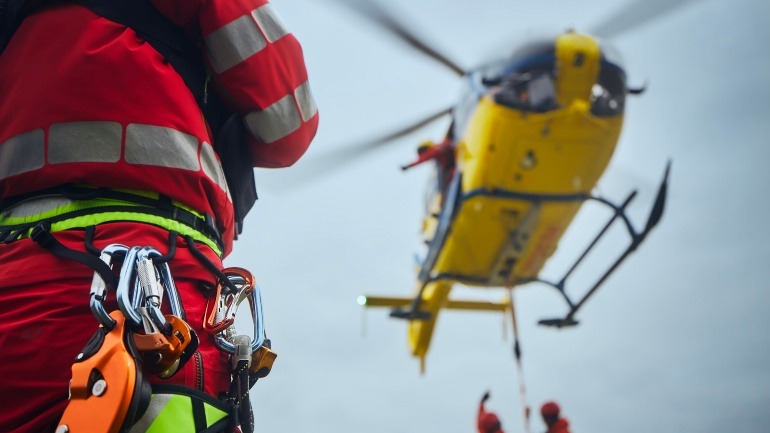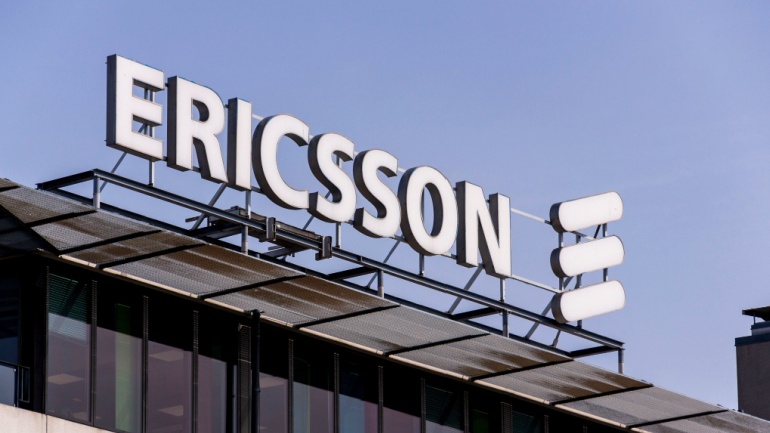In a pioneering initiative, passengers traveling on a high-speed rail route in Southern China are now enjoying faster and more reliable 5G connectivity, thanks to the innovative use of digital twin technology. ZTE and China Mobile’s Yunnan Branch have collaboratively developed a detailed 3D model of the railway’s surrounding infrastructure, significantly enhancing network performance along the challenging terrain of the KunchuDali railway.
This railway, which navigates through mountains and dense forests, making bridges and tunnels a necessity for 64% of its path, serves as a critical link in the China-Myanmar International Railway and the Trans-Asia Railway’s western line. It is a vital connection between several key cities in Yunnan Province, attracting about 61,000 passengers daily due to its scenic beauty and importance.
The digital twin technology utilized goes beyond mere physical site replication; it also encompasses the virtual modeling of signal transmission, offering a comprehensive network optimization tool. By employing drones to overcome the difficult landscape, ZTE and China Mobile were able to gather essential 3D data and perform analyses using AI, leading to significant improvements in signal coverage, particularly in the more rugged sections of the rail line.
The implementation of this technology has culminated in impressive outcomes, with the KunchuDali route now enjoying 98.5% 5G coverage and download speeds surpassing 300 Mbps. This technological advancement not only came in under budget, saving approximately $221,810 compared to traditional methods, but it also accelerated the optimization process by a month.
ZTE sees this project as a step towards the broader application of digital twin technology across various sectors, promising enhancements in efficiency, quality, and the fostering of new industrial ecosystems. With global revenues from digital twin technology projected to hit $183 billion by 2031, its adoption in railway operations exemplifies its potential to revolutionize asset management, maintenance, and operational efficiency on a global scale. This successful application in the KunchuDali railway not only enhances passenger experience but also sets the stage for further modernization of rail operations and beyond.







